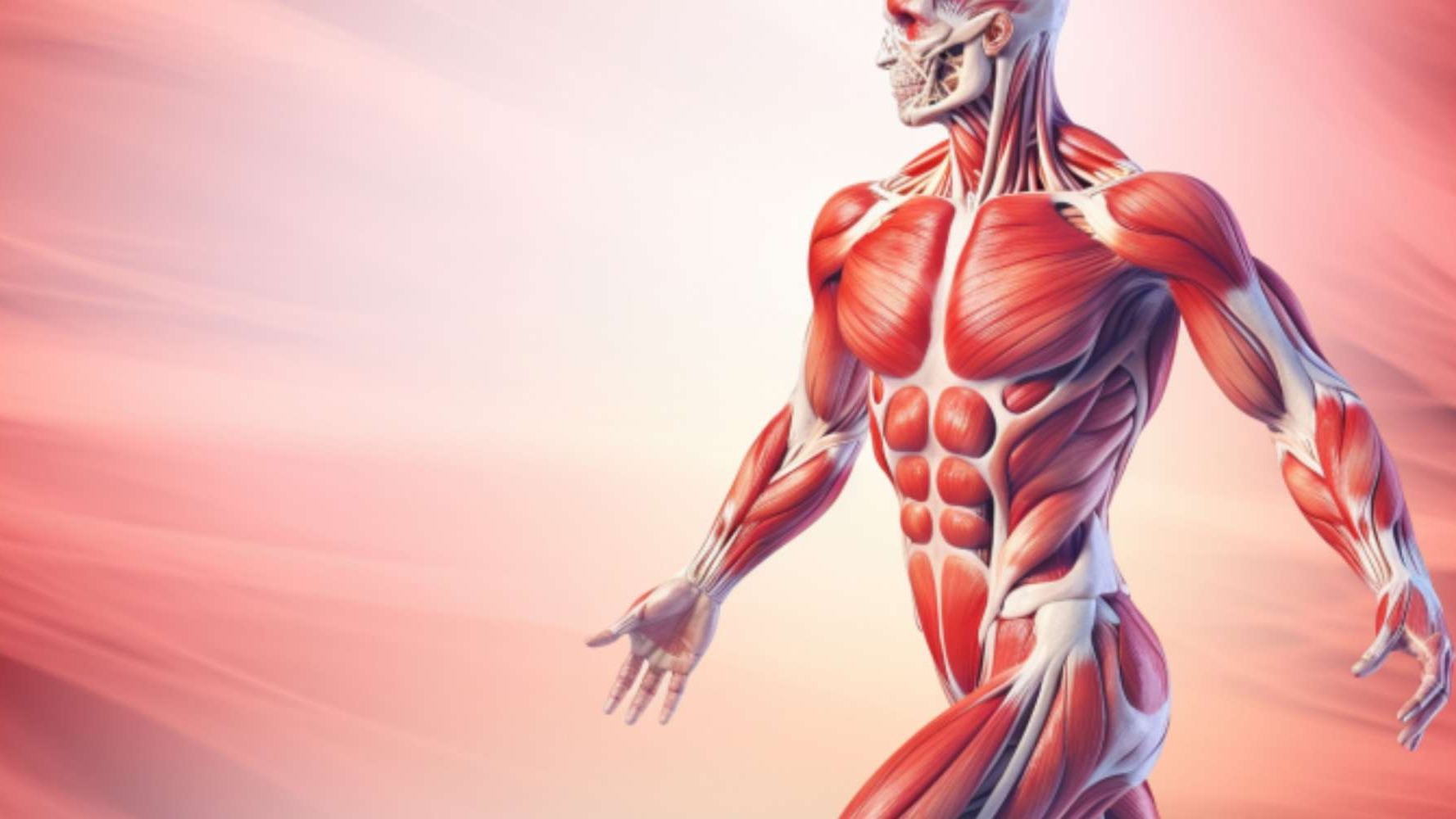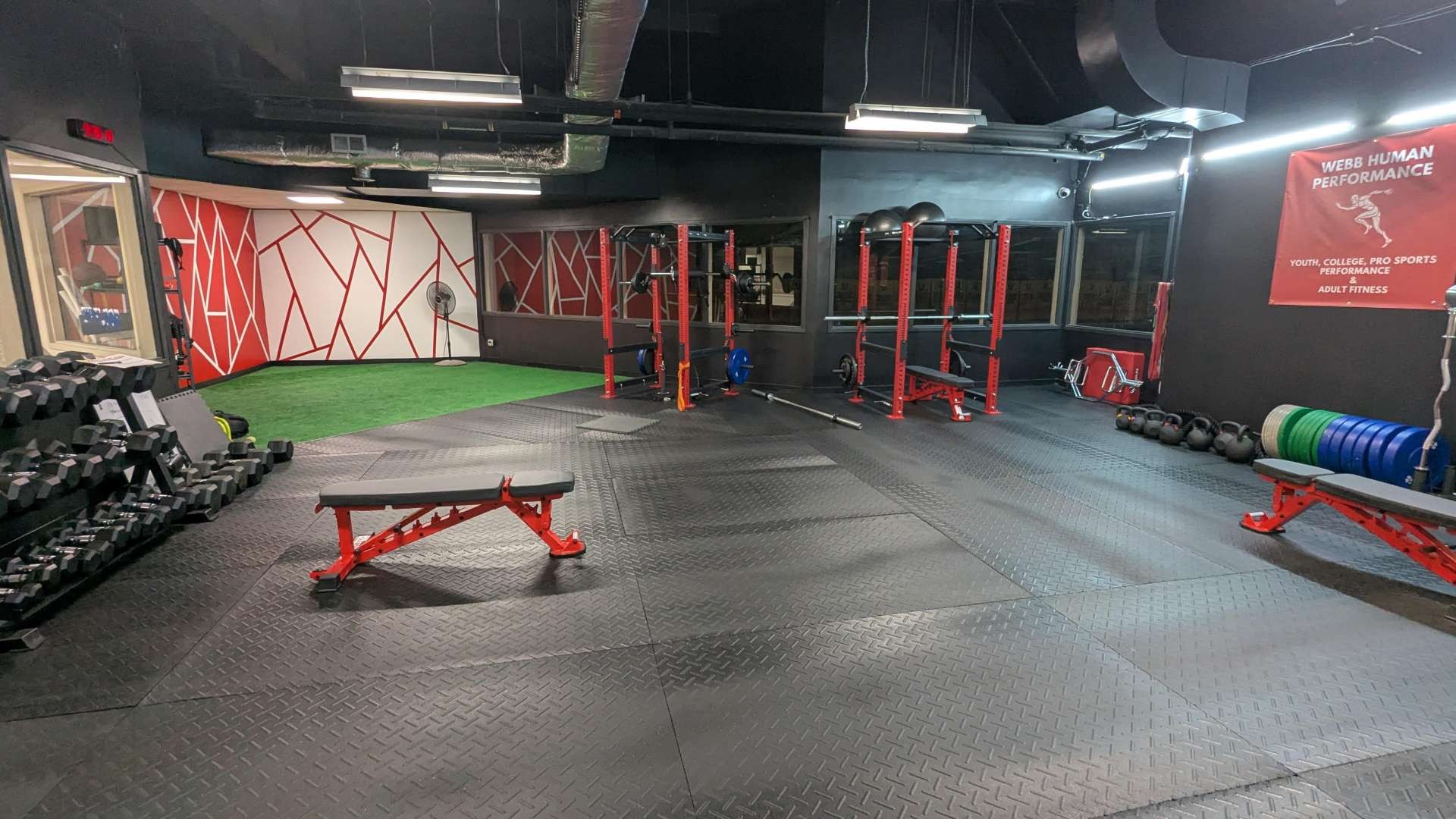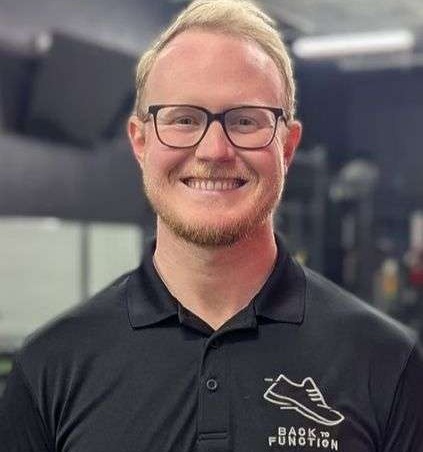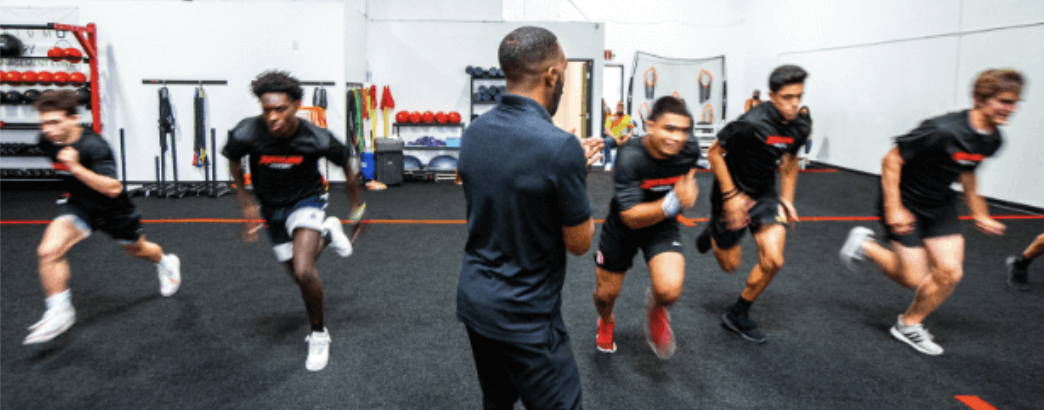Did you know that addressing pain at its root cause rather than just the symptoms can dramatically improve recovery and reduce chronic discomfort? Applied functional science is revolutionizing how clinicians and trainers understand and treat pain by focusing on individualized movement patterns and whole-body health. In this article, Matthew Nugent, a licensed athletic trainer and expert in applied functional science at Back to Function, shares valuable insights on how this advanced approach can help you regain strength, prevent injury, and reclaim a pain-free life.
Startling Facts About Applied Functional Science and Human Movement
The human body is a complex, interconnected system where pain experienced in one area often originates from dysfunction somewhere else. The science behind movement and function reveals that many common pain complaints—such as knee, back, or shoulder pain—are frequently caused by limitations or imbalances in other joints or muscles. For example, knee pain is often influenced by issues in the foot, ankle, or hip rather than the knee itself.
Applied functional science leverages this understanding by evaluating the entire body’s movement patterns rather than focusing narrowly on the site of pain. As Matt Nugent emphasizes, even simple changes like parking further away at the grocery store to increase daily movement can contribute significantly to overall health. This underlines the premise that “movement is medicine” — consistent, functional motion supports recovery and ongoing wellness.
Figure 1 below shows a diverse group actively participating in functional movement training, demonstrating how dynamic and empowering this approach can be for adults of varying ages and abilities.

What Is Applied Functional Science? Understanding the Core Principles
Matt Nugent, of Back to Function, explains, "Applied functional science looks at you basically from head to toe, evaluating where the problem originates and creating a full treatment program based on that."
The Role of Human Movement in Healing and Recovery
Applied functional science centers on understanding the body's natural ability to heal through proper movement. Instead of solely treating pain, this discipline evaluates each joint and muscle for dysfunction that could be causing symptoms elsewhere. It tailors movement strategies to the individual’s unique biomechanics, ensuring that healing interventions are personalized and effective.
A key principle is that motion isn’t just exercise; it’s an essential stimulus for recovery. Movement encourages blood flow, nutrient delivery, and tissue remodeling, which accelerate the healing process. As shown in Figure 2, increasing everyday purposeful movement like walking with correct posture facilitates recovery beyond clinical settings, bridging rehabilitation to daily life.

Applied Functional Science vs. Traditional Physical Therapy
Matt Nugent highlights, "Physical therapy typically restricts treatment to the painful area, but applied functional science addresses all related joints and muscles to ensure lasting recovery."
Why a Holistic Approach Matters for Long-Term Pain Management
While traditional physical therapy often focuses exclusively on the injured or painful area, applied functional science adopts a holistic methodology that considers the interrelationship of the entire musculoskeletal system. For example, treating shoulder pain might involve evaluating and improving hip, spine, and ankle function to restore balanced mechanics throughout the body.
Matthew Nugent explains that this whole-body approach may take longer but results in a “long fix” rather than a “quick fix,” which reduces the risk of symptom recurrence or compensatory injuries. This inclusive strategy equips clients with sustainable tools for maintaining function and preventing future issues.

The Applied Functional Science Assessment Process
Assessment Components |
Description |
|---|---|
Health Questionnaire |
Identifies medical conditions and safety considerations to tailor safe treatment plans. |
Functional Movement Tests |
Observes pain-triggering motions and mobility restrictions across multiple joints. |
Personalized Exercise Plan |
Customized exercises targeting root causes identified during assessment. |
Follow-up Sessions |
Adjustments and progress tracking to ensure continuous improvements and success. |
How Applied Functional Science Identifies Root Causes of Pain
The hallmark of applied functional science is its ability to find the true sources of pain instead of merely treating symptoms. By systematically analyzing how different segments of the body compensate or malfunction, practitioners can develop highly targeted interventions. For instance, a tight hip or limited ankle mobility can lead to secondary knee pain, a frequent complaint often mishandled when treated in isolation.
This science relies heavily on detailed movement observation, manual assessment techniques, and patient goals to ensure that programs are not only therapeutic but also functional in day-to-day and recreational activities. The initial assessment process allows the professional to craft a treatment plan uniquely suited to each client’s anatomy and lifestyle demands.
Success Stories: Real Results from Applied Functional Science
Matt Nugent shares, "One athlete with chronic low back pain found relief within two weeks after targeted hip mobility exercises based on applied functional science."
A compelling example from Back to Function featured a young athlete suffering persistent low back pain despite multiple interventions. Upon assessment, Matt Nugent discovered severely limited hip mobility affecting his squat depth and balance. After two weeks of specialized hip mobility exercises tailored through applied functional science, the athlete experienced significant pain relief and improved function—something prior treatments had failed to achieve.
Success stories like this underscore the power of a tailored, movement-focused approach that integrates multiple joints and muscles for complete recovery rather than temporary relief.

Integrating Hands-On Techniques with Exercise-Based Rehabilitation
The Role of Functional Manual Reaction (FMR) Certification
Applied functional science often includes hands-on methods to complement exercise-based rehabilitation. Matt Nugent holds a Functional Manual Reaction (FMR) certification, which enables him to physically guide joints during movement to correct dysfunctional patterns. This tactile feedback helps clients understand what proper motion should feel like, enhancing body awareness and accelerating functional gains.
Matt Nugent explains, "I can get my hands on a joint during motion to show clients what proper movement should feel like, improving their rehab experience."
These techniques are integrated fluidly during rehab sessions; for example, while a client performs lunges or squats, the practitioner manually assists tight areas like the hip or shoulder blade to increase range and quality of motion. This synergistic approach ensures that exercises are performed correctly and clients build lasting movement skills.
Mindset and Lifestyle: Essential Components of Pain Management
Start with small changes like parking further away to increase daily movement
Maintain moderation in exercise and recovery routines
Focus on consistency rather than intensity
Seek professional guidance tailored to your unique needs
Applied functional science recognizes that mindset and lifestyle choices profoundly influence recovery and injury prevention. Discipline in adhering to tailored programs, coupled with achievable day-to-day movement goals, sets the foundation for long-term success.
By encouraging clients to incorporate simple yet meaningful changes—such as walking more throughout the day—professionals foster sustainable healthy habits rather than overwhelming regimens. This well-rounded approach balances physical, mental, and emotional aspects of healing.
Frequently Asked Questions About Applied Functional Science

Key Takeaways: Why Applied Functional Science Is the Future of Pain Management
Focuses on root causes rather than symptoms
Uses a whole-body, personalized approach to treatment
Combines hands-on techniques with functional exercises
Empowers clients through education and tailored programs
Offers effective alternatives to traditional physical therapy
Conclusion: Take the First Step Toward a Pain-Free Life
Ready to reclaim your mobility and live pain-free? Call us at (734) 274-6806, email GetBacktoFunction@gmail.com, or visit GetBacktoFunction.com to book your complimentary assessment and free sessions today!
 Add Row
Add Row  Add
Add 




Write A Comment